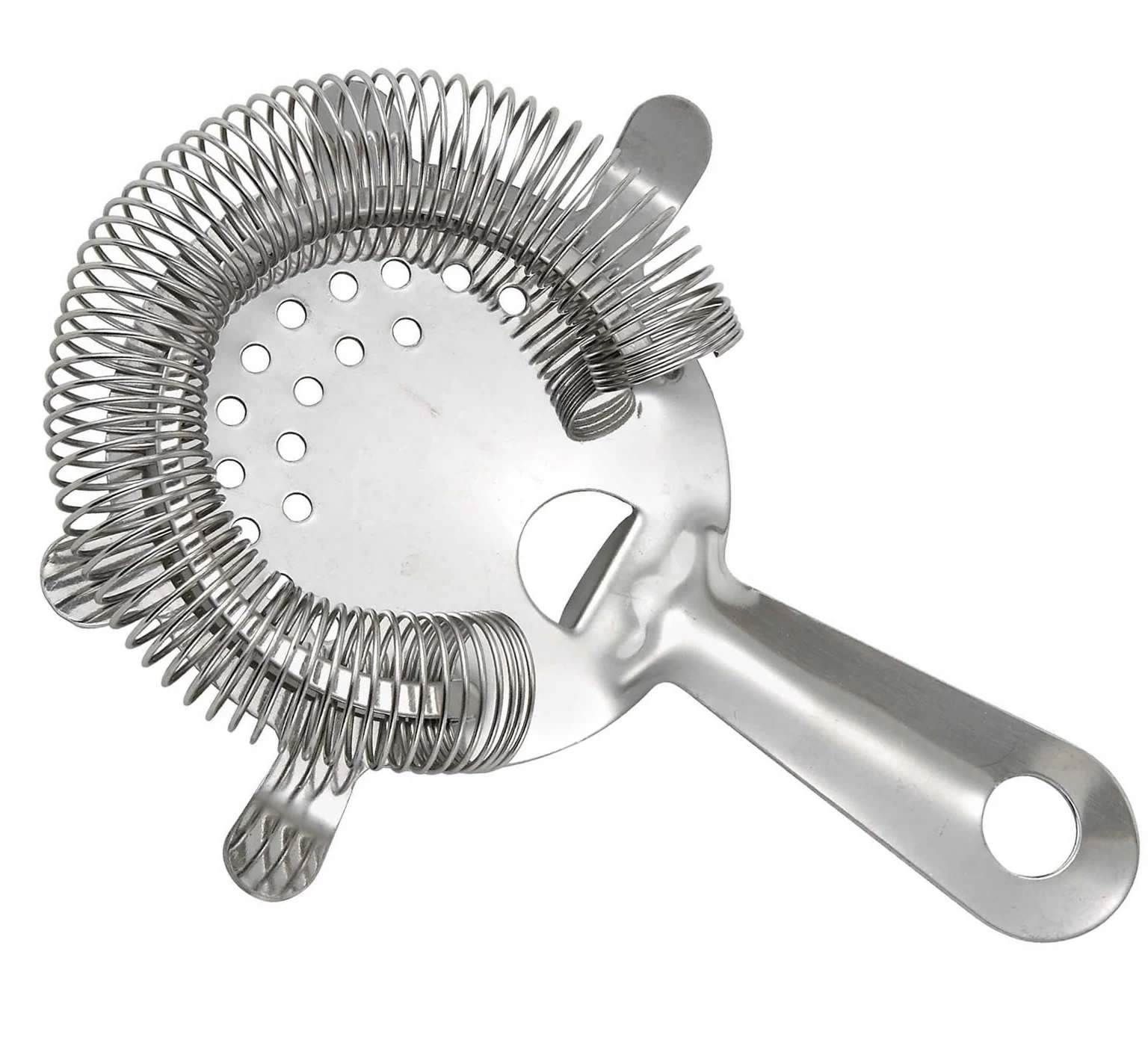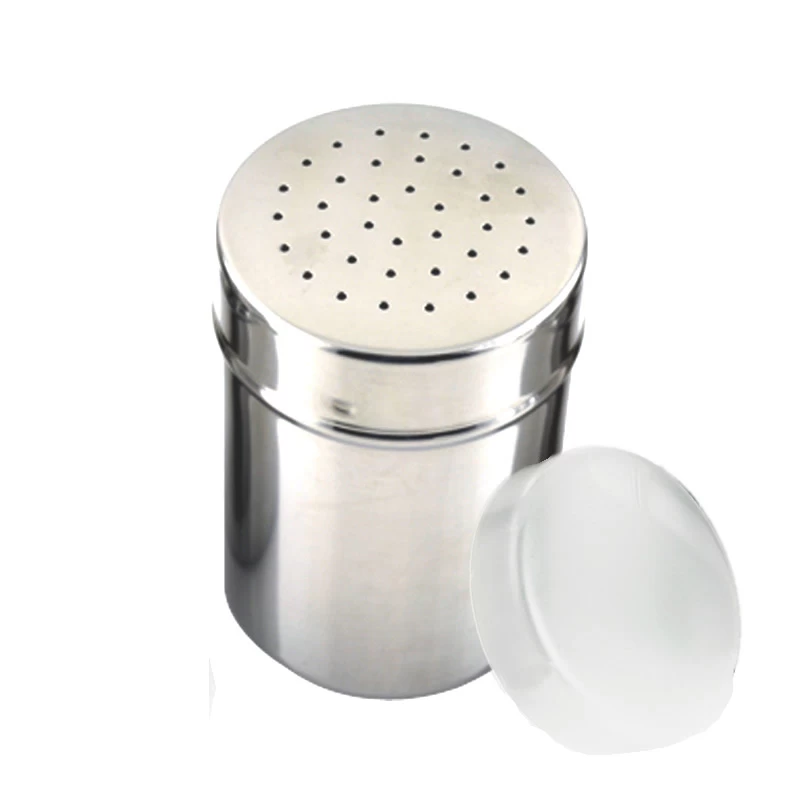Upgrade your inventory with stainless steel champagne glasses, perfect for weddings, outdoor events, and corporate gifting. Durable, reusable, and customizable with OEM or engraved designs.
Discover our portable stainless steel hip flasks—durable, leakproof, and stylish. Perfect for travel, camping, bars, or gifts. Available in bulk supply, OEM/ODM, and custom logo options to boost your brand.
Discover 304 stainless steel etched cups with elegant engraved patterns—perfect for bars, restaurants, outdoor camping, or home use. Our wholesale etched stainless steel drinkware offers durability, luxury, and customizable OEM designs.
With 21 years of stainless steel manufacturing expertise, our company operates its own modern factory, ensuring strict quality control from production to export. We specialize in premium Hawthorne strainers and other bar tools, offering competitive wholesale pricing, customized branding, and global export capability. Clients are welcome to visit and inspect our factory at any time, guaranteeing full transparency and trust in every order.
If you are sourcing stainless steel ice tongs for restaurants, bars, catering services, or retail distribution, finding a supplier who offers quality, large-scale wholesale solutions is crucial.
When it comes to durability, elegance, and practicality, unbreakable stainless steel wine glass cups are the top choice for bars, restaurants, catering businesses, and outdoor events.
Are you looking for high-quality BBQ tools wholesale?
If you're in the food service industry—whether you're running a restaurant, managing a hotel kitchen, or sourcing for a catering company—you understand the importance of durable, hygienic, and cost-effective tools. Stainless steel mixing bowls wholesale are one of the most essential investments for commercial kitchens, and here's why they remain the top choice for chefs and bulk buyers across the globe.
When it comes to precision and durability behind the bar, a stainless steel jigger is an essential tool for every professional bartender. Whether you're running a busy bar, managing a hotel chain, or launching your own branded cocktail kit, we offer a complete range of food-grade jiggers built for commercial use.
For cafes, bars, hotels, event organizers, and gifting businesses looking to upgrade their drinkware, stainless steel unbreakable wine glasses are becoming the go-to solution. Not only do they provide durability and safety, but they’re also reusable, portable, and ideal for outdoor and commercial use.
















